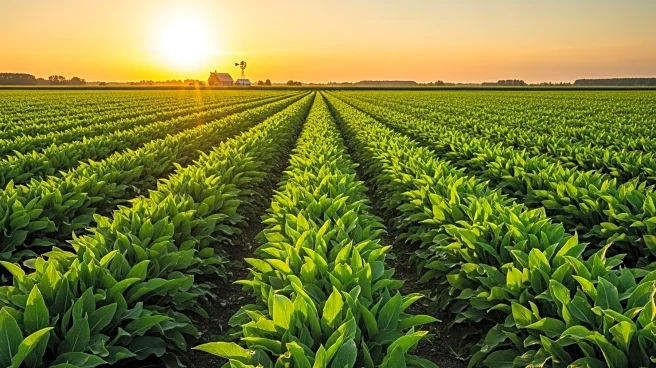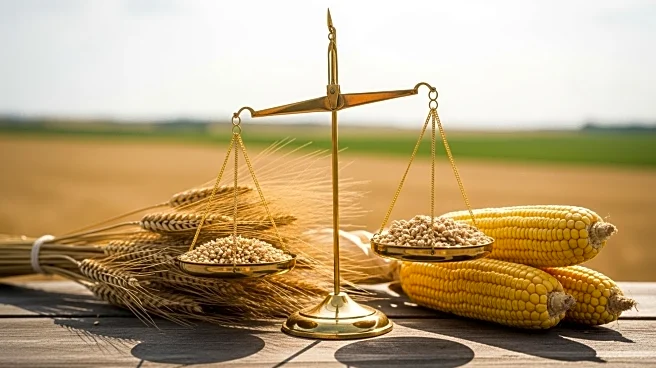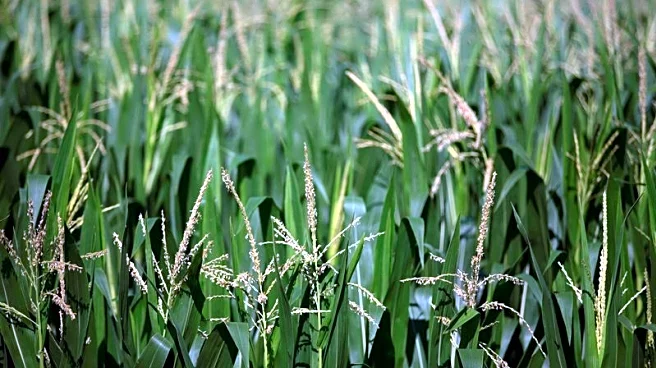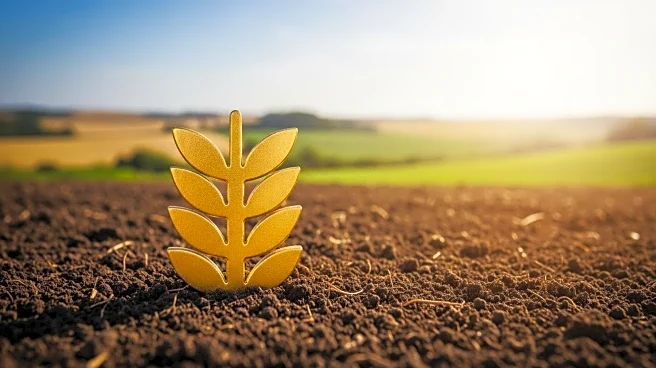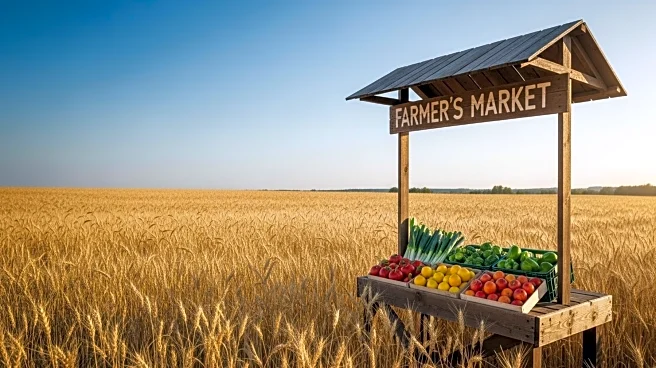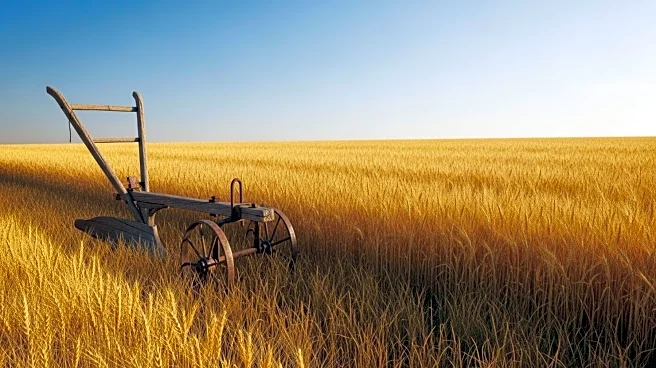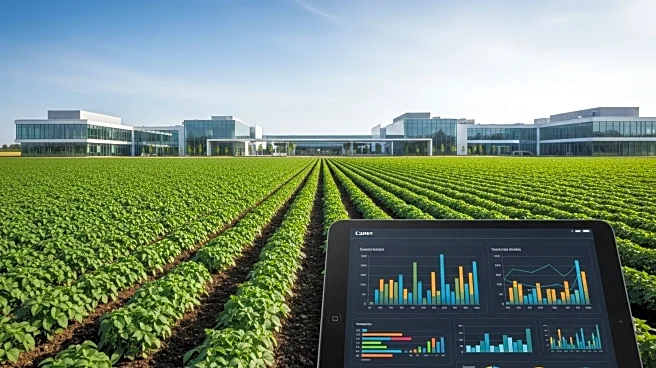What's Happening?
The University of Arkansas System Division of Agriculture has released an analysis indicating significant financial losses for Arkansas farmers growing corn, cotton, long grain rice, and soybeans. The report, titled 'The State of the Arkansas Crop Economy in 2025,' highlights the economic challenges faced by farmers due to low crop prices and high operating costs. According to the analysis, farmers are expected to lose $273.71 per acre for corn, $352.75 per acre for cotton, $258.84 per acre for long grain rice, and $85.02 per acre for soybeans. The report attributes these losses to a combination of factors, including record yields that have not translated into profitability due to depressed crop prices and elevated input costs such as fertilizers and labor. The analysis also notes the impact of global production levels, particularly in South America, which are contributing to downward pressure on prices.
Why It's Important?
This analysis underscores the financial strain on Arkansas farmers, which could have broader implications for the state's agricultural sector and rural economies. The persistent gap between crop prices and input costs threatens the viability of farming operations, potentially leading to reduced investment in agriculture and economic instability in rural communities reliant on farming. The situation is exacerbated by global market dynamics, including abundant supplies and competitive pricing from international producers. The findings highlight the need for policy interventions to support farmers, such as subsidies or disaster assistance programs, to mitigate the impact of these economic challenges. The report's insights into the agricultural economy are crucial for stakeholders, including policymakers and agricultural organizations, as they consider strategies to bolster the sector.
What's Next?
The Trump administration is reportedly exploring initiatives to provide aid to farmers facing these economic challenges. Potential measures include addressing rising input costs and considering direct subsidies through tariff revenue redistribution. Additionally, existing disaster assistance programs may be reviewed to ensure they adequately support farmers during this period of financial difficulty. Stakeholders, including agricultural economists and policymakers, are likely to continue monitoring the situation and advocating for solutions to stabilize farm incomes and support rural economies.
Beyond the Headlines
The analysis highlights the ethical and economic dimensions of agricultural policy, particularly the balance between supporting domestic farmers and navigating global market pressures. The widening gap between crop prices and input costs raises questions about the sustainability of current agricultural practices and the need for innovation in farming techniques to enhance profitability. Long-term shifts in the agricultural economy could influence policy decisions related to trade, subsidies, and environmental sustainability, as stakeholders seek to address the root causes of financial instability in the sector.

